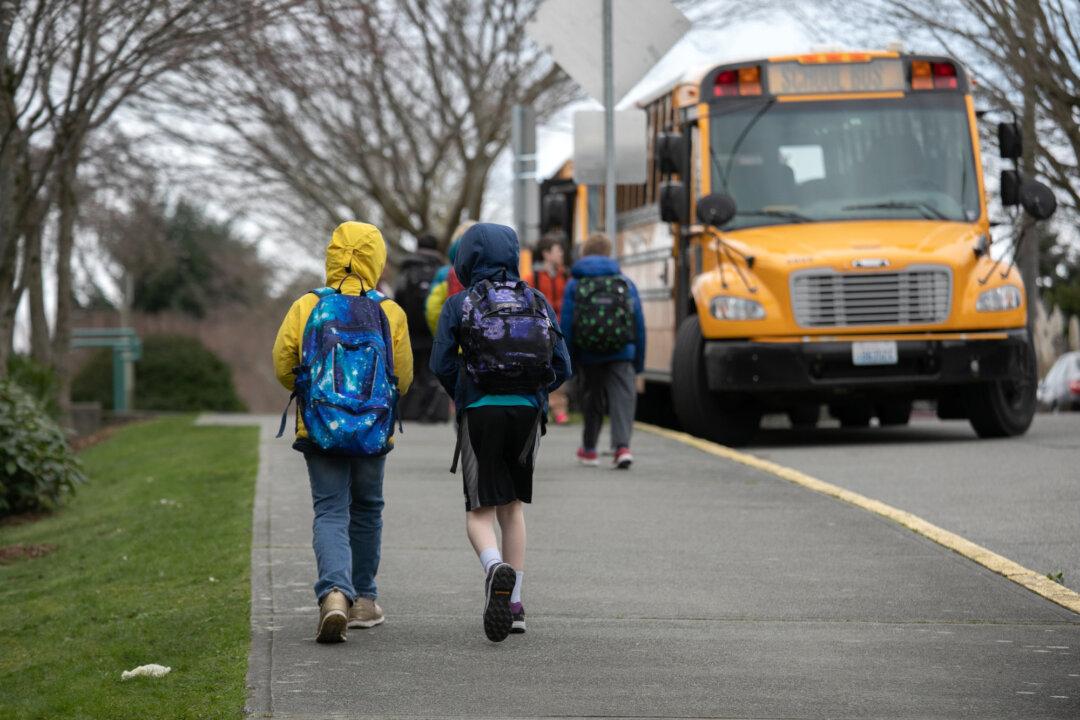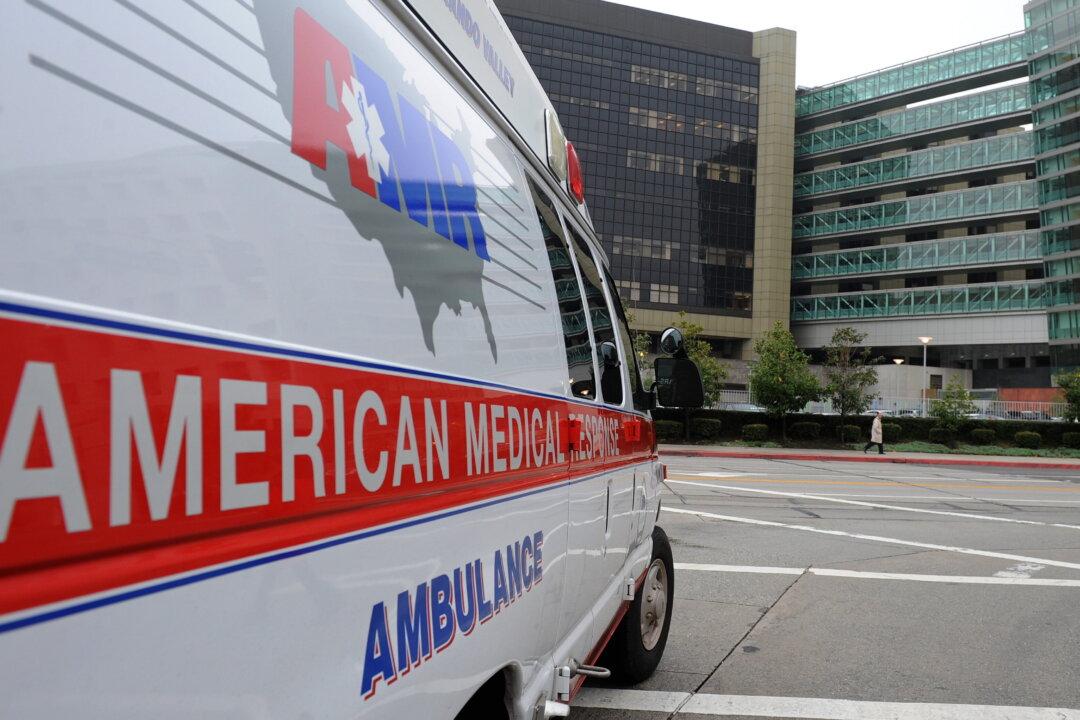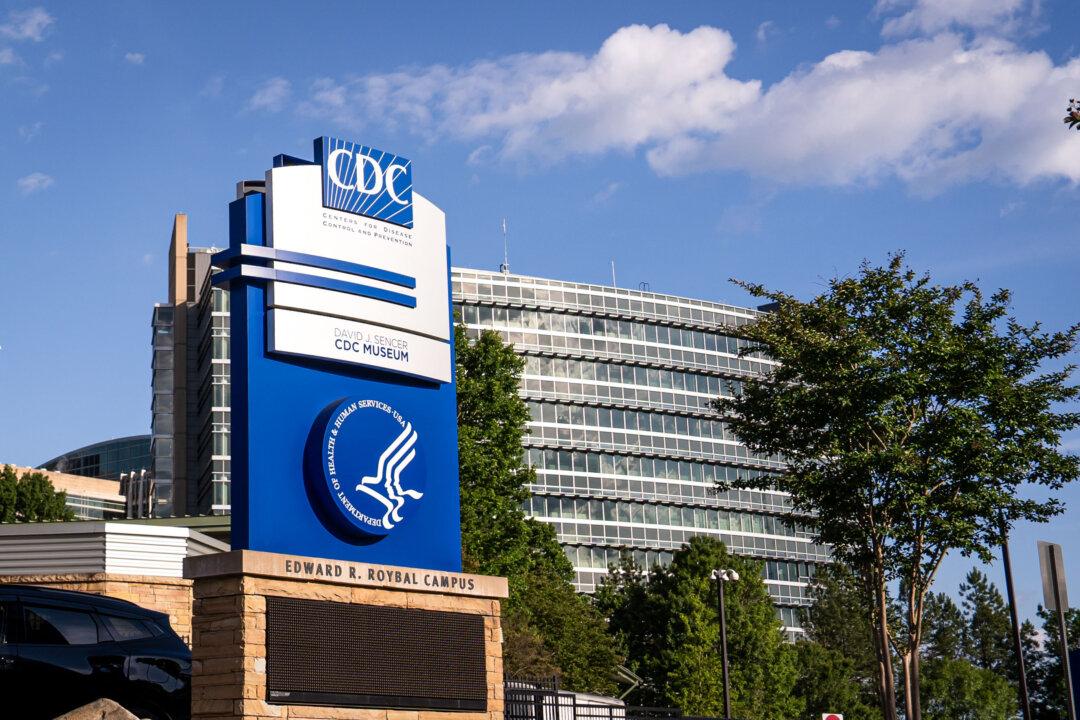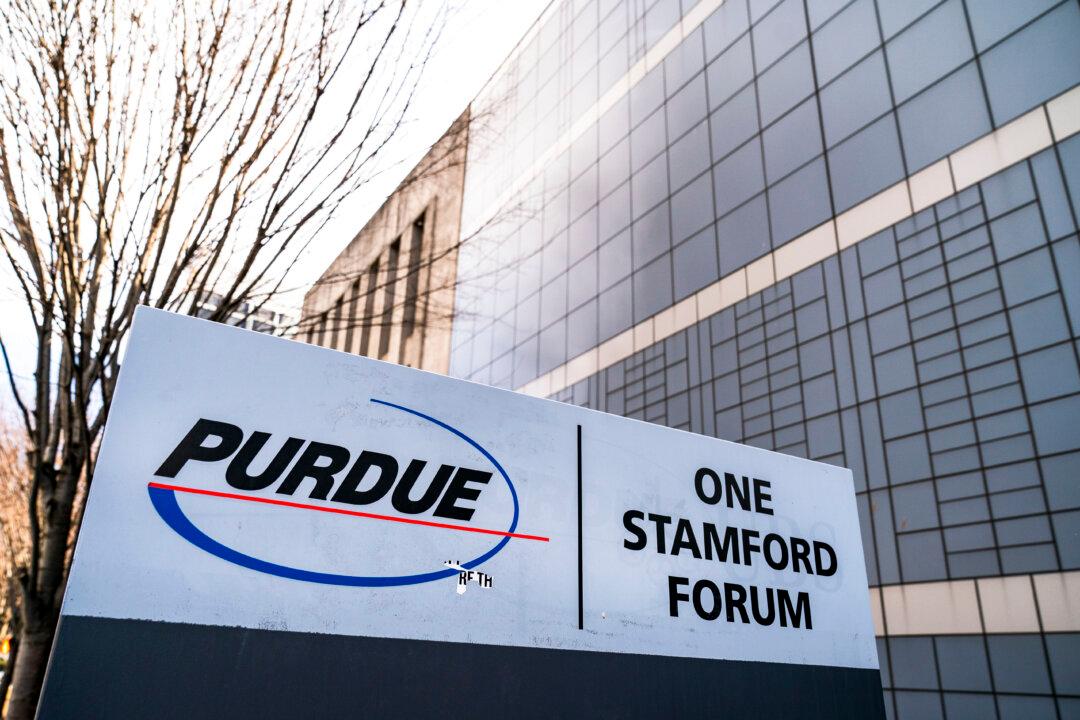The Seattle Public Schools (SPS) School Board has approved a proposal for a mass closure of as many as 20 elementary schools to address a $105 million deficit.
The closures were labeled under a consolidation plan that Brent Jones, the school system’s superintendent, called in his report “a system of well-resourced elementary schools” that “will create a new foundation of stability and consistency that our students and staff need to thrive.”





